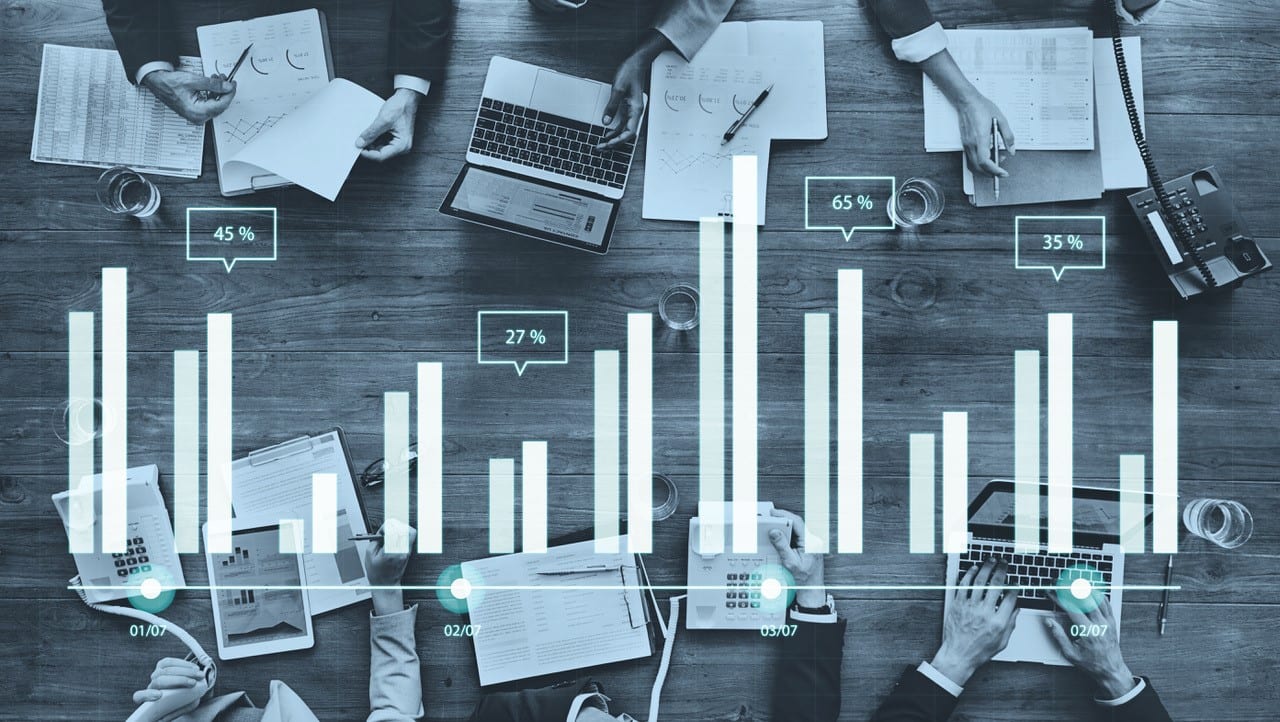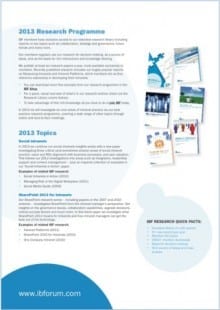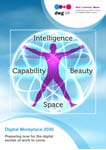The power of people analytics in the digital workplace

Within every organization there are exceptional levels of data being produced and that’s growing. You can find all sorts of scary statistics that demonstrate exponential rates of growth in the data we produce in and outside of the workplace, some suggesting we’re going to reach 163 Zettabytes by 2025 – and that’s rather a lot!
Despite this, most companies have barely scratched the surface in what they analyse to produce insights that can then be acted upon to drive efficiency, improve products or support strategic decision-making. Management tools such as employee time clock software from Deputy aren’t there for no reason. So if you are part of a company who is looking to improve aspects such as productivity and employee fatigue, maybe this is something worth looking into.
Big data and business intelligence are not new, although the analytical and visualization tools have evolved considerably. With the help of the internet, software programs and technology, any business, not matter what the industry, can find a solution to managing their data effectively. It is definitely worth doing a bit of research into something like salesforce reporting, just so you can get an understanding of how to go about improving this part of your business. There is no harm in trying something new, especially if it works out in your favour.
Some companies, like the Hershey Company, are very active in using data to improve manufacturing processes, so much so that Hershey has even described itself as a “knowledge company” rather than a candy or chocolate company. However, in other organizations, the phrase “data analytics” will likely be viewed more as a vague priority somewhere on the horizon rather than as a business practice which needs to be invested in right now.
One of the trickiest areas of data analytics – but probably the most fascinating – is people analytics. Employees generate masses of data every day relating to their performance, actions, digital behaviours, demographics, opinions, and so on. So, how can this data be used for the good of the organization and of employees? How can it be turned into actionable insights? How can it be gathered and analysed in a timely fashion? And, perhaps most difficult of all, how can it be navigated without crossing over the very necessary legal and moral boundaries surrounding its use?
In addition to demographic and organizational (“HR”) data about each individual employee, such as age, gender, location, role, and so on, a quantity of data is also being produced from employee actions and interactions. Crudely, much of this data falls into three different areas:
- How employees are feeling.
- How employees are behaving (both in the digital and the physical workplace).
- How employees are performing.
Let’s look at each of these three areas in turn.
How employees are feeling
Organizations have been trying to work out how employees are feeling through engagement surveys for many years, but in recent times there have been doubts about the effectiveness of this approach as a reflection of how employees are really feeling. Many organizations only hold their workplace survey every two years and, instead, there has been a shift towards simpler, more immediate and frequent measures of how employees are feeling, as well as some alternative approaches.
For example, there has been a growth in mood barometers or “happiness meters”, where employees are asked to simply respond how they are feeling. As far back as 2012, Australian software company Atlassian was asking employees to rate their day on an iPad on the way out of work, and now there are dedicated apps which can be easily deployed.
Other companies are taking alternative approaches to gauging employee engagement, using apps which employ psychometric testing techniques, including employees’ reactions to pictures. All these approaches result in the ability to use data to identify issues with employee engagement as they actually arise, as well as to spot trends and gain richer insights.
How employees are behaving
As the digital workplace becomes ever more pervasive, it means additional data is being generated every time an employee performs some kind of action or interaction. This might be online (e.g. entering a search term, making a comment, downloading a file) but increasingly can also be from their physical actions via the use of sensors, mobile phones (via GPS) or where smart cards are being used in the office. This gives the potential to identify some trends and present information in exciting ways. For example, the Indian Civil Service measures attendance, logging when everyone arrives at and leaves work, even producing a real-time dashboard for the public to view, which is healthy for public accountability. Individual government departments can also obtain deeper insights into attendance trends.
Meanwhile, a relatively early experiment at a call center at the Bank of America tracked the movement of employees via chips in their name badges and found that employees who took breaks together were more productive. By subsequently changing their policy and encouraging collective breaks, the Bank saw rises in productivity and a decline in employee stress.
How employees are performing
Employee performance data comes from a variety of different sources, dependent on role; for example, sales staff will be judged on their level of sales, while others may be judged on productivity. If you’re trying to track your businesses sales, using some effective and robust sales tracking software might make your life a little easier. There may be other practices too, such as project reviews.
However, the dominant method for tracking and measuring employee performance has traditionally been the appraisal. Like the engagement survey though, the value of annual appraisals has been questioned, with a number of companies, including Accenture, abandoning appraisals altogether in favour of more lightweight and frequent review metrics from managers and peers.
Some experts have also argued that a more frequent and lighter touch survey of employee performance has far more value and yields more accurate results. Talent management authority Marcus Buckingham has invented a method for measuring performance based on four questions given to managers.
Intense analysis of data is also leading to the use of AI in the recruitment process, with some major companies like Unilever experimenting in this area.
The power of people analytics
When you start to bring together basic HR data with performance, behavioural and engagement data produced across the digital workplace, the obvious power of people analytics starts to become clear. We have the power to gain deep insights into some of the issues organizations have been wrestling with for a long time – how to improve engagement and productivity, and so on.
While people analytics might not solve all the issues, it should give us some clues as to the sort of policies, potential interventions and new working practices which might make all the difference. Although most companies are only in the very early stages of using people analytics, we can expect this to be an area in which there will be significant movement over the next few years.
RESEARCH AND RESOURCES
- PODCAST: Digital Workplace Impact – Your workplace is watching you!
- FREE REPORT: Digital workplace integration: Key approaches to drive benefits
- FREE EXECUTIVE SUMMARY: Measuring the digital workplace: The power of metrics in the connected workplace
TAKE THE NEXT STEP
Digital Workplace
2030 Report
Categorised in: Uncategorized


